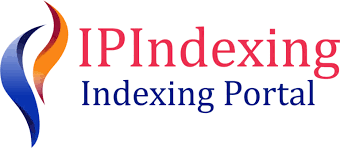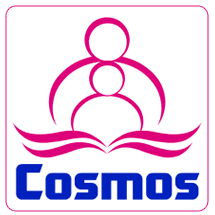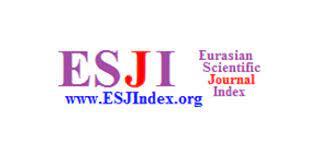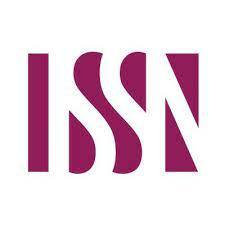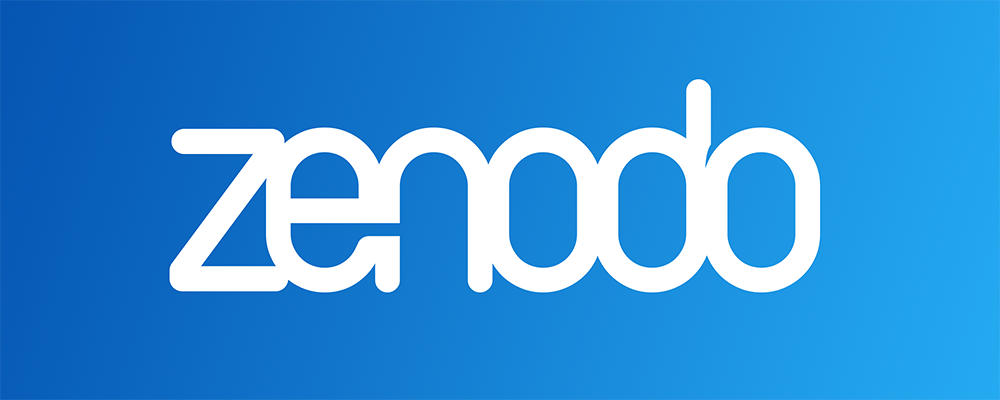Co-Curricular Activities of Secondary Schools: A Comparative study of Public and Private Schools
Co-Curricular Activities of Secondary Schools
Abstract
This study was conducted to examine the comparison between the co-curricular activities in public and private schools in Pretoria city, South Africa. This study was descriptive in nature and survey method was used for the study. There were total two hundred and fifty-six (256) female teachers from private and public secondary schools of Pretoria city. A questionnaire used as a research instrument to collect data from the female teachers of the public and private secondary schools. The researcher collected the data personally from teachers of secondary school in Pretoria city. Statistical Package for Social Sciences (SPSS) used to analyzes the data and simple mean, frequency, and percentage used for the analysis of data. It was found that sports activities develop physical strength of students. It is recommended that teachers may make the morning assembly a center of interest by giving it strength and spirit.
Downloads
References
Ahmad, M. S., Zafar, S. A., & Ali, A. (2019). Effectiveness of debate competitions on critical thinking skills: A comparative study of male and female students. Pakistan Journal of Psychological Research, 34(2), 309-330.
Ahmed, B. E. (2014). Role of Teacher Related Factors in Basic Education: A Case of Govt.
Secondary Schools in Karachi, Pakistan. Journal of Management Information, 1(4), 107-115.
Akhtar, N., & Raja, M. A. (2020). The impact of school assembly on students' discipline and punctuality. Journal of Education and Educational Development, 7(2), 67-81.
Aslam, M. G. (2010). What Can Teachers Do to Raise Pupil Achievement? Economics of
Education Review, 30(3), 559-574.
Astin, A. W. (2017). The methodology of research on college impact. Sociology of Education,
(3), 223-254.
Barrett, H. P. (2016). Using electronic portfolios for classroom assessment. Technology Connected
Newsletter, 13(2), 4-6.
Ballantyne, R. W. (2012). Developing reflection on practice through journal writing: Impacts of
variations in the focus and level of feedback. Teachers and teaching, 8(1), 171-196.
Gajjar, N. B. (2014). Co-Curricular Activities and Value Education. International Journal of
Research in all subjects, 3(1), 15-20.
Gligoski, E. S. (2012). Motivating the learner: Mozilla’s Open Badges program. Access to
knowledge, 4(1), 23-38.
Gisi, S. D. (2009). Adult undergraduate students: What role does college invovlement. NASPA
Journal, 38(1), 99-121.
Gick, M. P. (2006). Analogical problem solving. Cognitive Psychology, 1(2), 306-355.
Holyoak, K. O. (2013). Schema induction and analogical transfer. Cognitive Psychology, 1(5), 1-38.
Guild, P. B. (2007). Where do the learning theories overlap? . Educational Leadership, 1(2), 34
Harvey, L. H. (2011). Transforming work experience in higher education. British Educational
Research Journal, 2(7), 269-290.
Harden, R. H. (2009). Portfolios as a method of student assessment. Medical Teacher, 2(3), 535
Harper, S. G. (2011). Using qualitative methods to assess student trajectories and college impact.
New Directions for Institutional Research, 1(3), 45-56.
Husain, F. P. (2012). The Effectiveness of Co-curricular Activities on Academic Achievements of
Secondary School Students in District Abbottabad Pakistan . Journal of Education and Practice, 1(3), 44-49.
Karim, R. L. (2011). Facilities of Government & Private Secondary School Teachers of Karachi.
A comparative Analysis. International Journal of Academic Research in Business and social sciences, 1(2), 191-201.
Kaur, H., & Singh, N. (2021). Impact of morning assembly on mental health and academic performance of students. Journal of Education and Practice, 12(8), 53-62.
Kim, S. (2020). The effects of creative activity programs on children's emotional regulation and self-esteem: A systematic review. Journal of Child Health Care, 24(3), 409-422.
Kuh, G. H. (2007). Myths and misconceptions about using qualitative methods in assessment. New
Directions for Institutional Research, 1(3), 5-15.
Maher, C. P. (2012). Inclusion of pupils with SENs into mainstream Physical Education –potential
research ideas to explore issues of engagement. . Journal of Qualitative Research in Sports Studies, 6(1), 35-48.
Memon, R. G. (2007). Education in Pakistan: The key issues, problems and the new challenges.
Journal of Management and Social Sciences, 3(1), 47-55.
Muhammad, I. Z. (2012). Public versus Private Secondary Schools, A qualitative comparison.
Journal of Research and Reflections in Education, 6(1), 40-49.
Mukesh, K. U. (2013). Role Of a Teacher In Organizing Co-Curricular Activities In School.
Golden Research Thoughts, 3(1), 1-29.
Oaks, D. J. (2013). Student employee development in students affairs. Research and Practice in
Assessment, 1(8), 55-68.
Oben, F. M., Tanyi, E. K., Mbu, E. T., & Mbu, L. E. (2021). Cultural activities and the mental health of students in higher education institutions. Journal of Educational and Social Research, 11(1), 67-77.
Parnell, 1.-4. (2008). Structures for facilitating student reflection. College Teaching, 5(7), 15-22.
Rowley, J. D. (2007). E-Learning: The student experience. British Journal of Educational
Technology, 38(4), 560-573.
Sax, L. J. (2008). How undergraduates are affected by service participation. Journal of College
Student Development, 39(3), 251-263.
Shahzad, S., & Hassan, S. (2021). Role of religious education in promoting tolerance and understanding among students. Pakistan Journal.
Tagg, J. M. (2015). From teaching to learning: A new paradigm for undergraduate education.
Change, 27(6), 13-25.
Yaseen, M. Z. (2017). An Empirical Study on the Role of Parents in Academic Achievement of
Children in Private Schools of Karachi. Journal of Criminology and Sociology, 6(1), 84-92.



